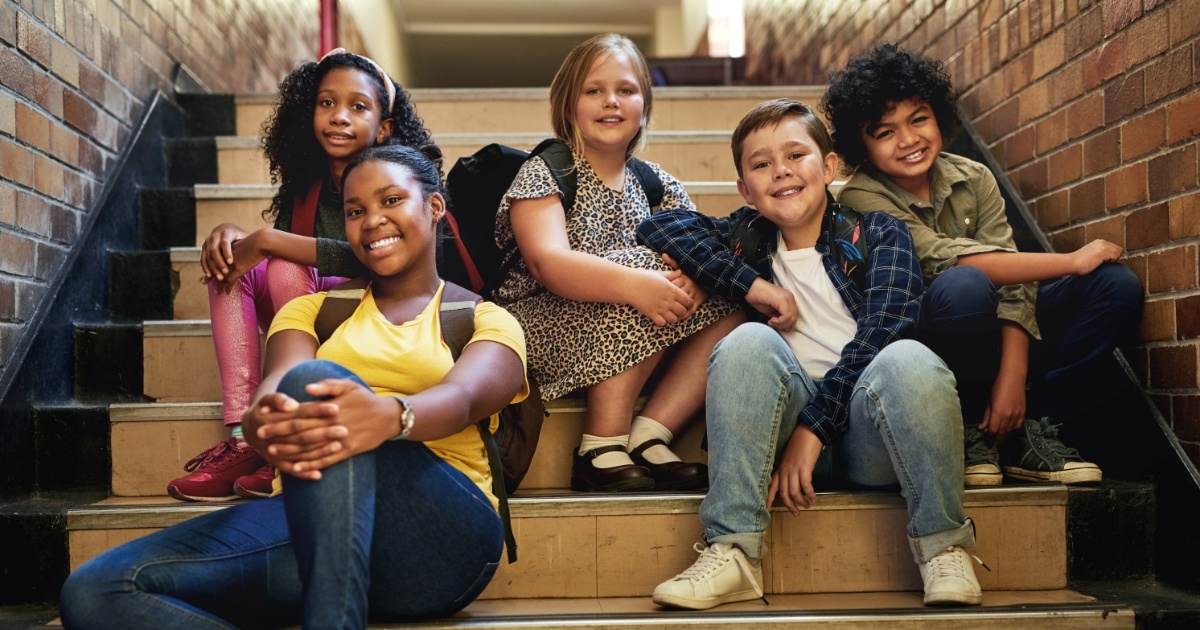
Mar 31, 2025 7:28:27 PM
The number of children diagnosed with developmental disabilities is on the rise, specifically
attention-deficit/hyperactivity disorder (ADHD) and autism spectrum disorder (ASD). Today,
nearly one in ten children have a developmental disability, according to the CDC's National
Center for Health Statistics (NCHS).
As diagnoses increase and the demand for qualified professionals who support these students
reaches an all-time high, schools today face a nationwide shortage of specialists. This
leaves countless students lacking the care they need to thrive academically and socially.
Common misconceptions and a lack of awareness about autism and other learning disabilities can significantly hinder children in the classroom. This can create unwanted barriers to their learning, success, and well-being.
As World Autism Awareness Day approaches on April 2, many school districts, educators, and communities need the awareness to support students of all abilities in the classroom.
Here are five best practices for educators on supporting students of varying abilities in the classroom.
Wesolowski, director of educational resources at ProCare Therapy, has a background in behavior analysis with a strong focus on positive behavior support, as well as extensive experience working with children. Before joining ProCare Therapy, she was a registered behavior technician at an autism center.
Few issues in education spark more tension and debate than standardized testing. Are they a tool for equity or a burden on students? A necessary check on school systems or a flawed measure of...
Charter schools are public schools with a purpose. Operating independently from traditional school districts, they're tuition-free, open to all students, and publicly funded—but with more flexibility...
Despite the benefits of a diverse teaching force, prospective teachers of color fall out of our leaky preparation pipeline at every stage: preparation, hiring, induction, and retention. Here’s what...
Ed Post is the flagship website platform of brightbeam, a 501(c3) network of education activists and influencers demanding a better education and a brighter future for every child.
© 2020-2025 brightbeam. All rights reserved.
Leave a Comment